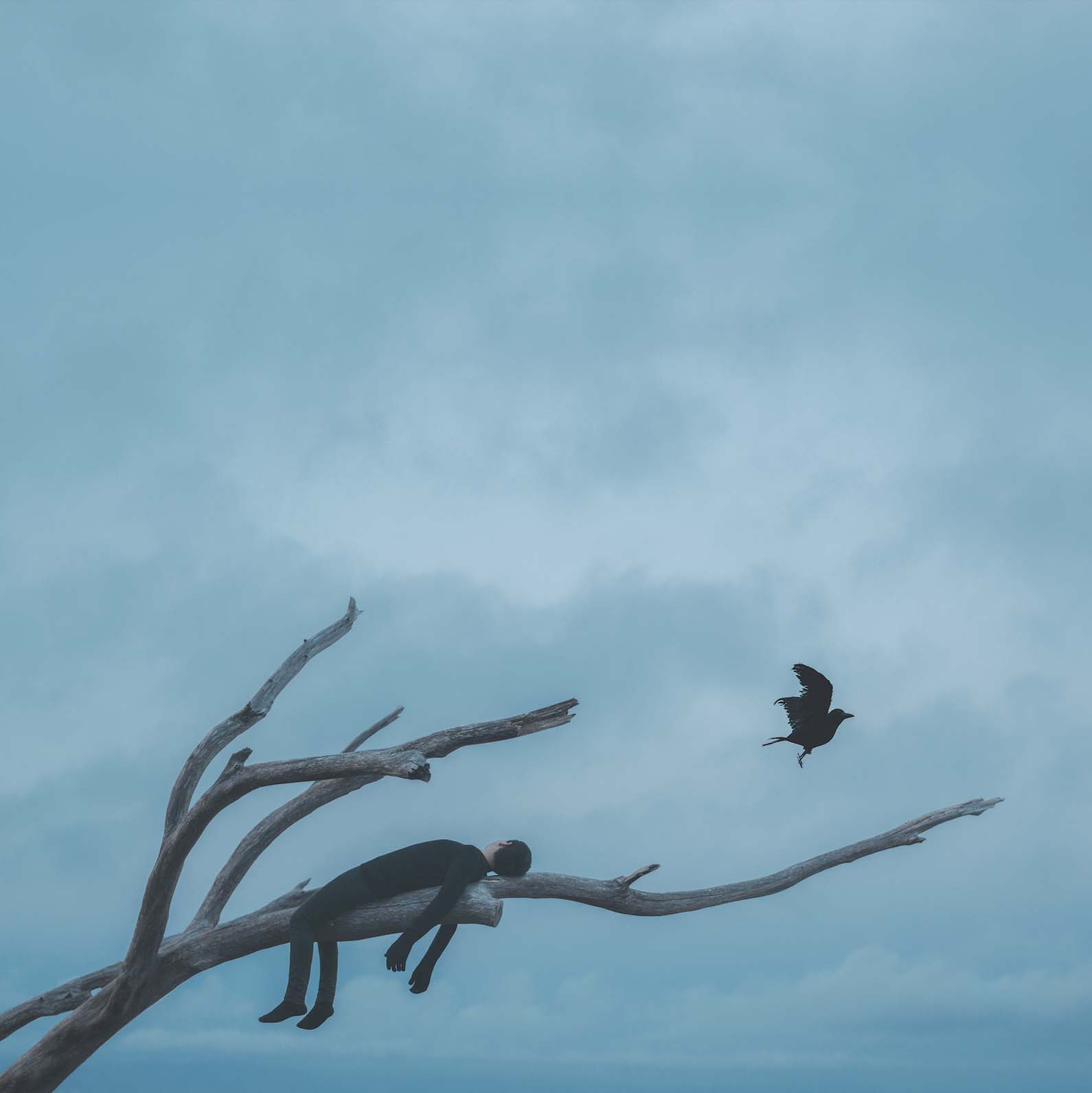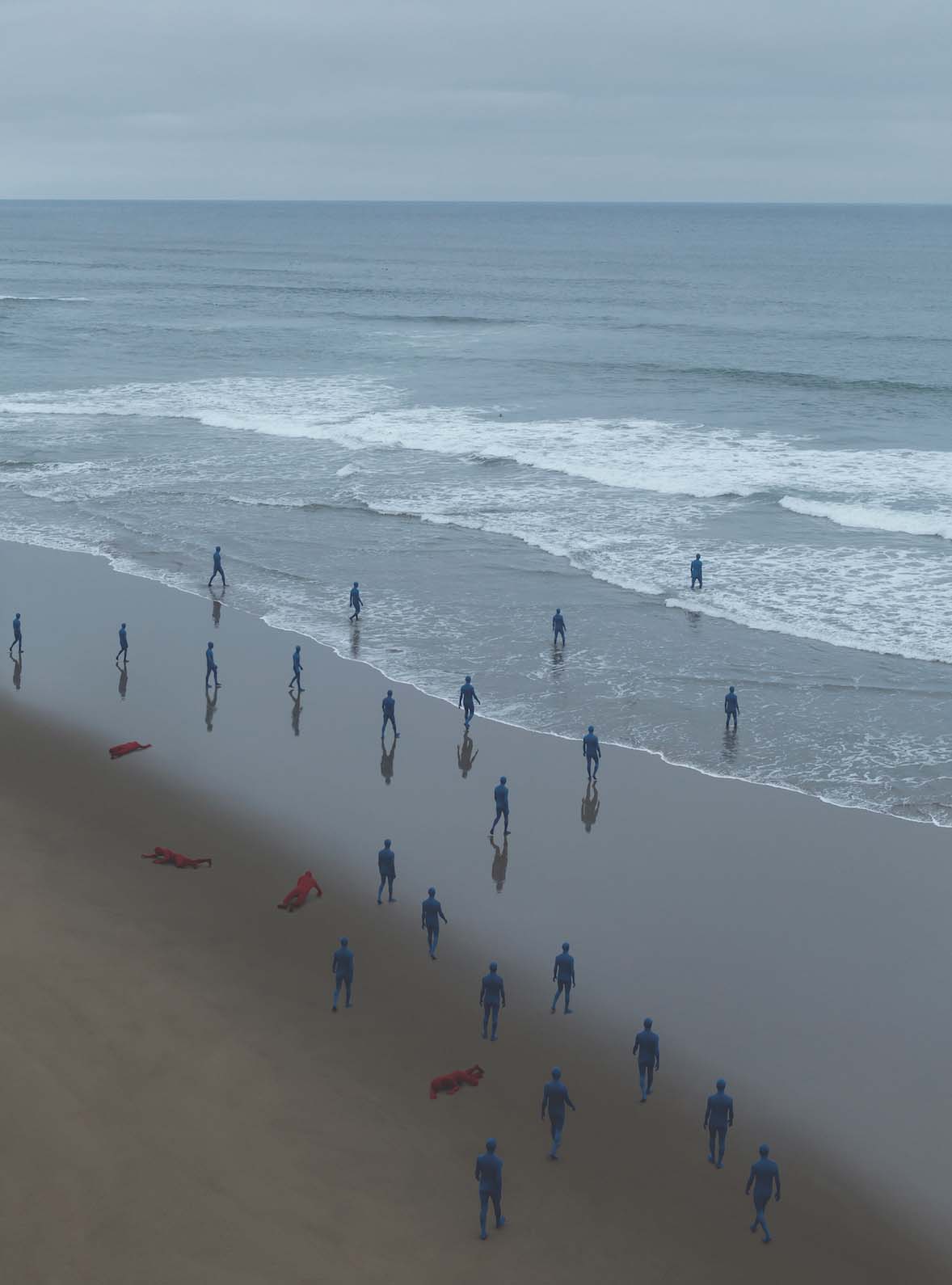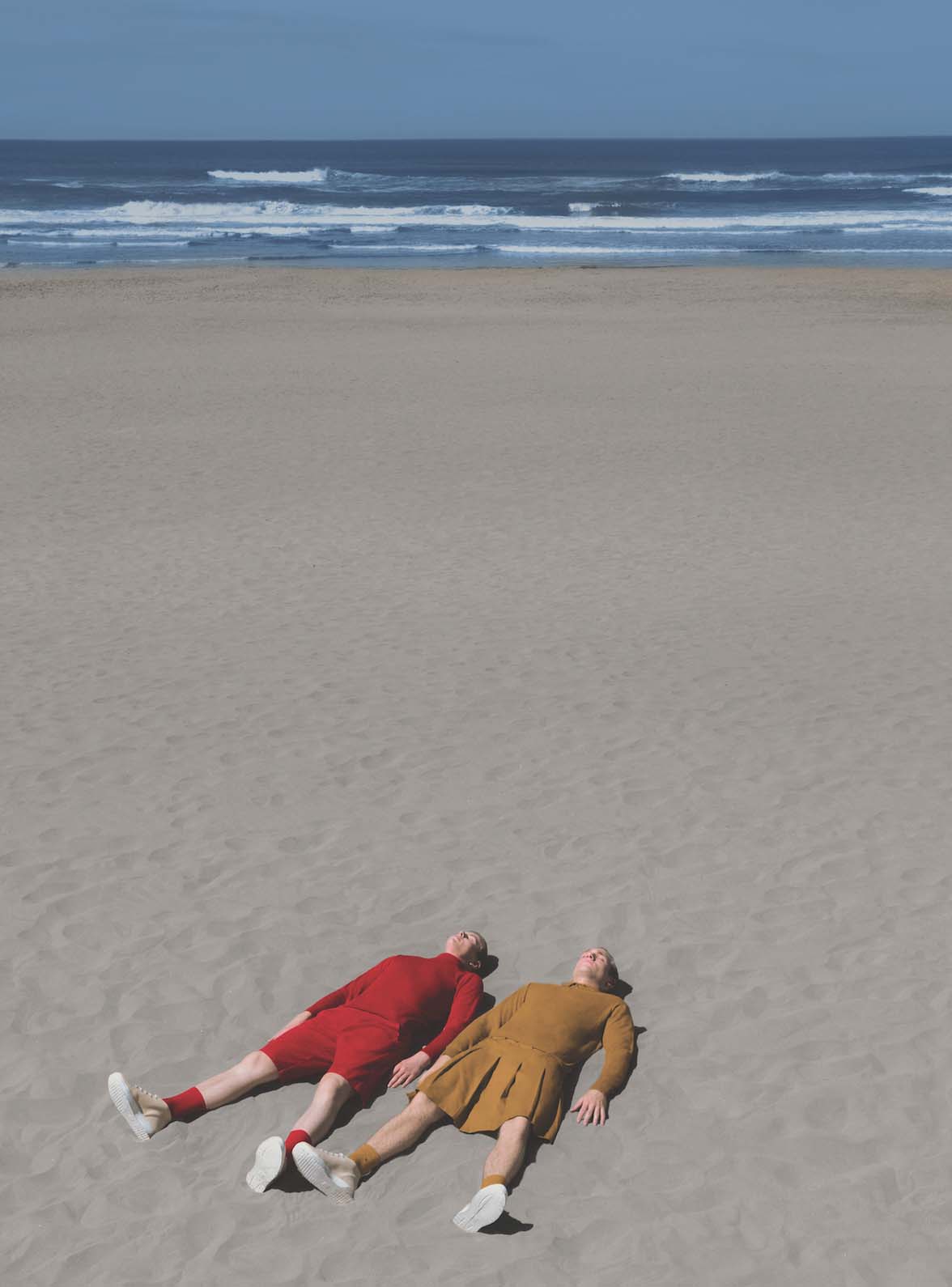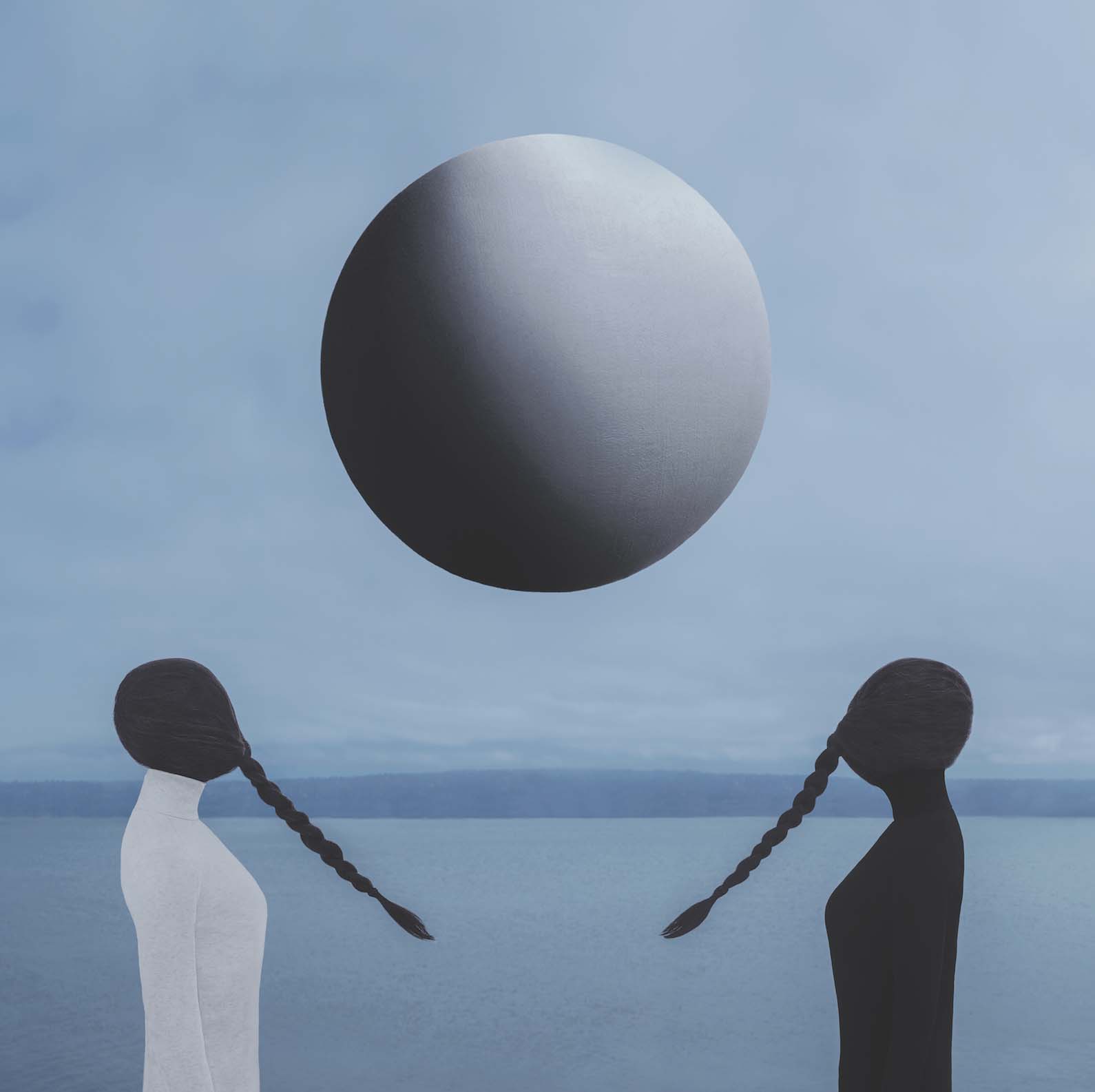GABRIEL ISAK - WELCOME TO THE OTHER SIDE
WELCOME TO THE OTHER SIDE
Inspired by symbolism, the landscapes of his youth in Sweden and a particular dark period in his own life, photographer Gabriel Isak creates wonderfully still and surreal images that carry an almost painting-like quality.
Gabriel, you are originally from the Swedish town of Huskvarna. What is that like?
Very small, serene and quiet. It’s one of those towns where nothing much happens and where everything stays the same. It is surrounded by beautiful serene landscapes though, which is where I first began to explore my photography and I still incorporate elements from it today.
Where and what did you study?
I studied Photography at the Academy of Art University in San Francisco.
Did you always want to be a photographer?
I’ve always been drawn to photography and image making and first began to explore it about 10 years ago when I was in upper secondary school. It has always been a medium that allows me to create the world as I experience it and escape to my own reality that I’ve been building ever since.
What is the difference between your Series and Stories?
Series is my fine art and personal work, and Stories are my commercial/ fashion work.
How important are dreams and the sub-consciousness to your work?
Most of my inspiration comes from my sub-consciousness. In fact, that’s where most of my body of work has evolved. For instance The Blue Journey was a series that came to me month by month during the years 2014 – 2016 and, as I began photographing those images, it became clearer to me where those images originated from – which was the period I went through my depression about nine years ago.
Is it not somewhat ironic that such a beautiful series as The Blue Journey was born from such a dark period in your life?
It is indeed. I never thought photography would be a medium that would allow me to dwell so deep inside myself and dig parts out unconsciously, such as the years I battled melancholia, and transform it into images. But that’s also what I love about art in general: it allows us artists to discover more about ourselves, and brings us onto an unknown journey that eventually begins to shape our self.
Some elements seem to return regularly. The single bird, for example, the large body of water, the moon, the red hair and line. Could you tell us a bit more about them?
Symbolism has always been a crucial part of my work. However, they don’t always represent the same thing in each image, which is why I don’t like to explain it too much in order to leave the viewer with a mystery to figure out each image and how it speaks to the spectator.
The water to me represent home and my ties to my Scandinavian roots, as I always spent time by the lakes and oceans while growing up, but it also represents the unknown, as it is a mysterious and surreal place, another world that I find fascinating but also scary.
I have used birds as different symbols in my work. For instance, in The Blue Journey series it is a symbol of freedom, peace and letting go. However, in the series A Forest Tale the bird is a symbol for depression and carrying that burden with you.
“I never thought photography would be a medium that would allow me to dwell so deep inside myself and dig parts out unconsciously, such as the years I battled melancholia, and transform it into images.”
You introduce The Shadow and the Self with a quote of Carl Jung, which seems to suggest that one can only truly get to know oneself when one is willing to confront and/ or embrace one’s darker side. Is that correct?
The Shadow and the Self series was inspired by Jung’s theory on the shadow self. In this project I wanted to depict our relationship with our shadow, from the moment we start to confront it till we come to full acceptance of it, and perceive it as a connecting piece of our self.
The symbolisms and colors you use often remind me of Magritte. Would you consider him as a major influence?
Surrealism has always been a big influence to me as it has allowed me to dwell deep into my imagination. Magritte is an artist I feel a strong relationship with and to me he is the master of surrealism and also someone who was way ahead of his time. A lot of themes he works with are themes I am drawn to myself, such as the ocean, the anonymity, the surreal landscapes and the blue color palettes. I went to his museum in Brussels two years ago and it was one of the most magical experiences I’ve ever had.
Who or what else come to mind?
I would say growing up in Sweden has turned out to be a big influence in my work. I’m very fascinated by surreal and serene landscapes with cold tones and it probably has to do with the fact that most days in Sweden, at least where I grew up, are quite cloudy and blue. Besides Scandinavia, other influences are life experiences, psychology, cinema and paintings.
Your images are photographic works yet they almost come across as drawings. Could you tell us a bit more about the technical process ?
A lot has to do with the weather and lighting. Most of my work is very planned in advanced. When I work on location, I like to work with as few highlights as possible (flat lighting), which creates the painterly look in the images. When in a studio, I like to stick with ambient or just one or two soft light sources, which gives me a similar painterly look.
What’s happiness to Gabriel Isak?
Anytime I get to be by the sea. There’s nothing that beats the happiness I get from being out in nature and by my favorite place: the ocean.
What would your perfect holiday look like at the moment?
Driving through the landscapes of Norway for two weeks on my own with my camera.
Any shows, books, projects coming up in 2018?
I’ll be moving back to Europe in 2018, having spent the last few years in America and have a photo project planned much bigger compared to my past series. I’m very excited about it and, who knows, maybe I can turn it into a book.
INTERVIEWED BY PETER SPEETJENS







